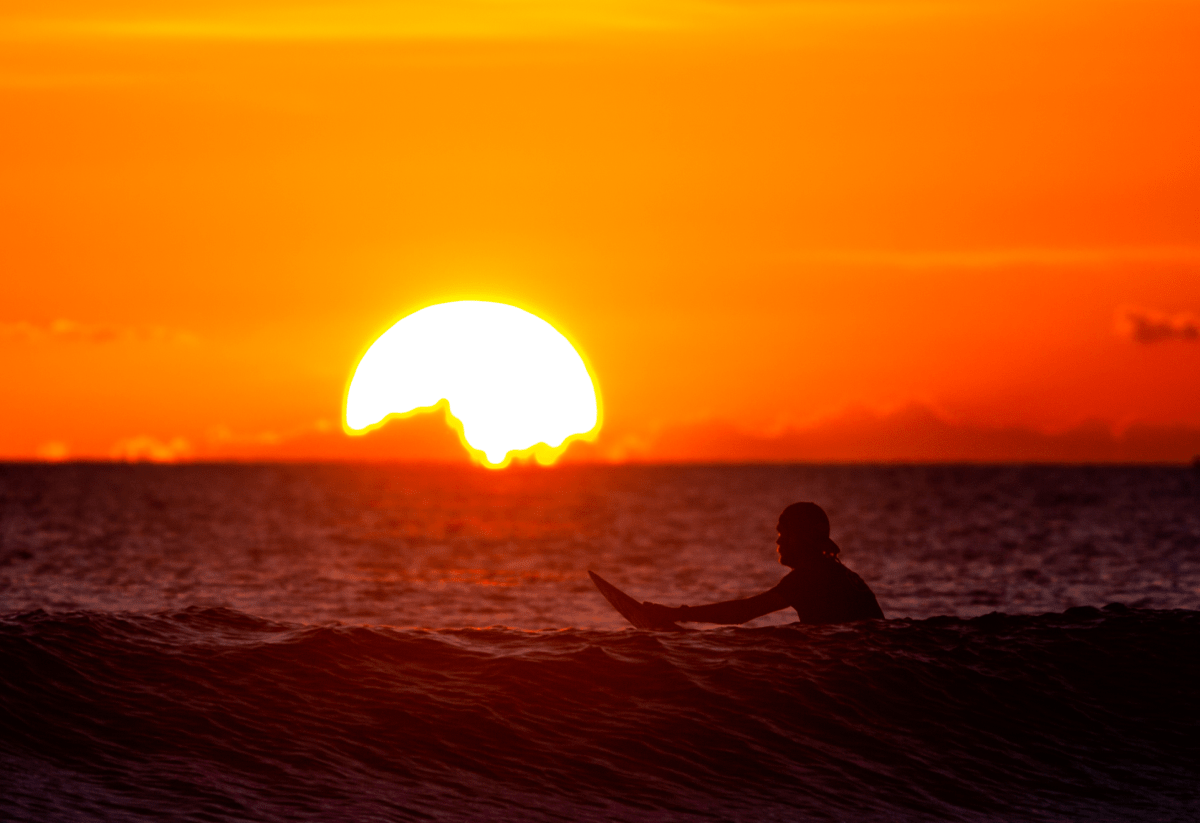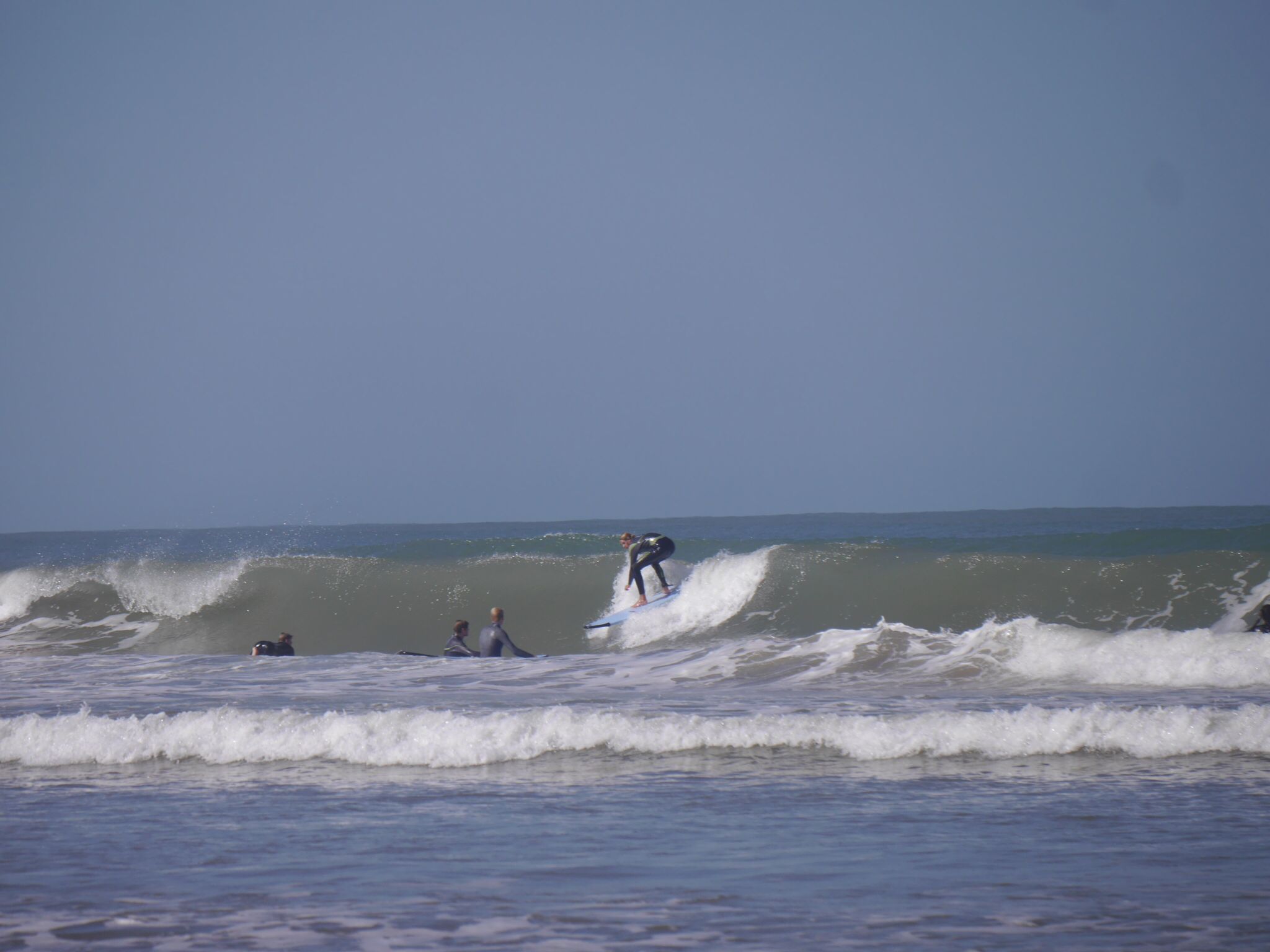Understanding weather conditions is crucial for anyone participating in water sports. Whether you’re surfing, windsurfing, kitesurfing, or paddleboarding, knowing how to read the weather can make your experience safer and more enjoyable. Here’s a beginner’s guide to water-sports weather forecasting to help you get started.
1. Understanding the Basics
Before you head out, familiarize yourself with the basic weather elements that can affect water sports:
- Wind: Wind speed and direction are critical. For activities like windsurfing and kitesurfing, you need strong, consistent winds. For surfing, offshore winds (blowing from land to sea) are preferable because they create clean, well-formed waves.
- Waves: Wave height, period, and direction are essential for surfers. Wave height tells you how big the waves are, the period indicates the time between waves (longer periods usually mean better waves), and direction shows where the waves are coming from.
- Tides: Tidal changes affect water depth and wave behavior. Knowing the tide times for your spot can help you choose the best time to go out.
- Weather Conditions: Clear skies, rain, and storms can all impact your session. Lightning is a significant hazard, so always avoid the water during thunderstorms.
2. Tools and Resources
Several tools and resources can help you predict the weather conditions for your water sport:
- Weather Apps: Apps like Windy, Magic Seaweed, and Surfline provide detailed forecasts for wind, waves, and tides. These apps often include live webcams and user reports to give you real-time updates.
- Marine Forecasts: Websites like NOAA (National Oceanic and Atmospheric Administration) offer marine-specific forecasts that include wind, wave, and weather conditions.
- Local Knowledge: Talk to local water sports enthusiasts and instructors. They often have valuable insights into how weather patterns affect specific spots.
3. Reading Weather Maps
Learning to read weather maps is a valuable skill. Here are some key elements to look for:
- Pressure Systems: High-pressure systems (H) are usually associated with calm, stable weather, while low-pressure systems (L) can bring storms and strong winds.
- Fronts: Cold fronts can bring sudden changes in wind direction and strength, often leading to more challenging conditions.
- Isobars: These lines on a weather map indicate pressure. Closely spaced isobars mean strong winds, while widely spaced isobars indicate lighter winds.
4. Interpreting Forecasts
Once you have the data, it’s essential to know how to interpret it:
- Wind Speed and Direction: Check if the wind speed is suitable for your activity and if the direction aligns with your spot’s requirements.
- Wave Forecast: Look at the predicted wave height and period. For surfing, a longer period generally means better-quality waves.
- Tidal Information: Determine whether the tide will be incoming or outgoing and how it will affect the water depth at your spot.
5. Safety First
Always prioritize safety when considering weather conditions:
- Check for Alerts: Be aware of any weather warnings or alerts in your area.
- Know Your Limits: Understand your skill level and how different weather conditions can impact it.
- Have a Plan: Know what to do if the weather changes unexpectedly. Always let someone know your plans before heading out.
6. Practice Makes Perfect
The more you practice reading and interpreting weather forecasts, the better you’ll become at predicting the best conditions for your water sport. Take note of how the actual conditions match the forecast to improve your understanding over time.
Understanding water-sports weather forecasting is a crucial skill that can enhance your safety and enjoyment on the water. By familiarizing yourself with the basics, using the right tools, and interpreting forecasts accurately, you’ll be better prepared to make the most of your time on the waves. Happy adventuring!



